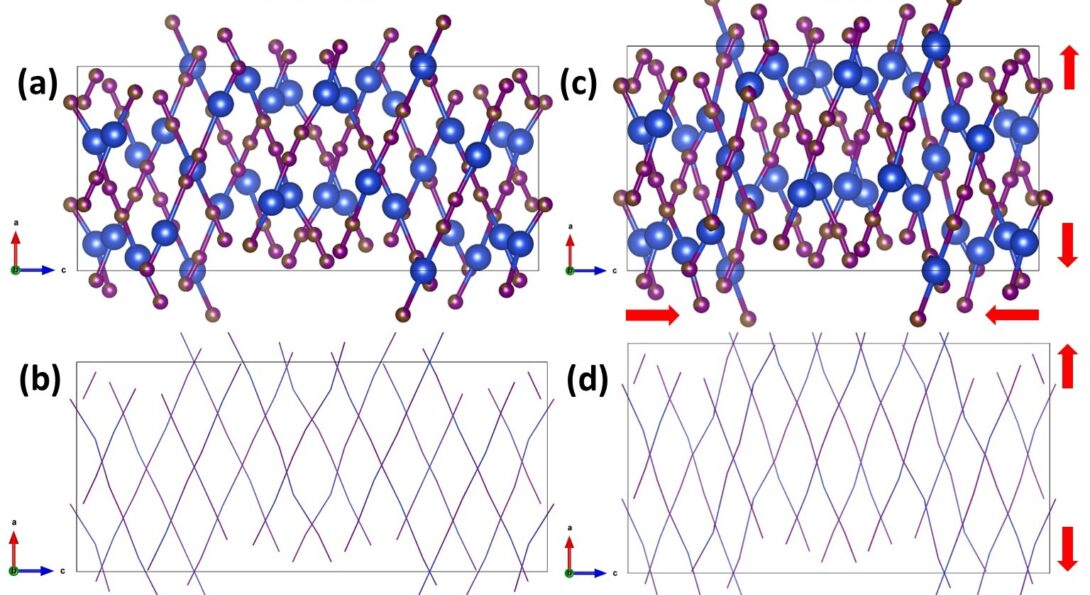Giant ‘Wine-Rack’ Compressibility in Copper Cyanide Crystals

Introduction
Research at the University of Illinois Chicago (UIC) has led to the discovery of giant negative linear compressibility in copper cyanide (CuCN) in which the material behaves like a “wine rack” expanding in one direction when compressed.
Most materials shrink in all directions when subjected to pressure. However, CuCN expands appreciably in one direction when subjected to hydrostatic compression, with a very large negative linear compressibility in that direction across a much broader pressure range than any known material.
UIC Research Assistant Professor Nilesh P. Salke and his collaborative team from Bhabha Atomic Research Centre, India, discovered the unique behavior of CuCN using advanced high-pressure X-ray diffraction and Raman spectroscopy techniques. Negative linear compressibility has been observed in a few materials, but the pressure-induced expansion is typically either small over a broad pressure range or large over a very narrow range. However, CuCN stands out by exhibiting both large expansion and a wide pressure range, making it a unique discovery in this field.
This breakthrough could have important technological applications, including the development of highly sensitive pressure sensors for seismic monitoring, sonar systems, and aerospace technologies. Materials with strong negative linear compressibility could also lead to ultra-durable, impact-resistant materials for next-generation body armor.
The research is published in Volume 134, Issue 12 of Physical Review Letters, one of the most prestigious journals in physics.